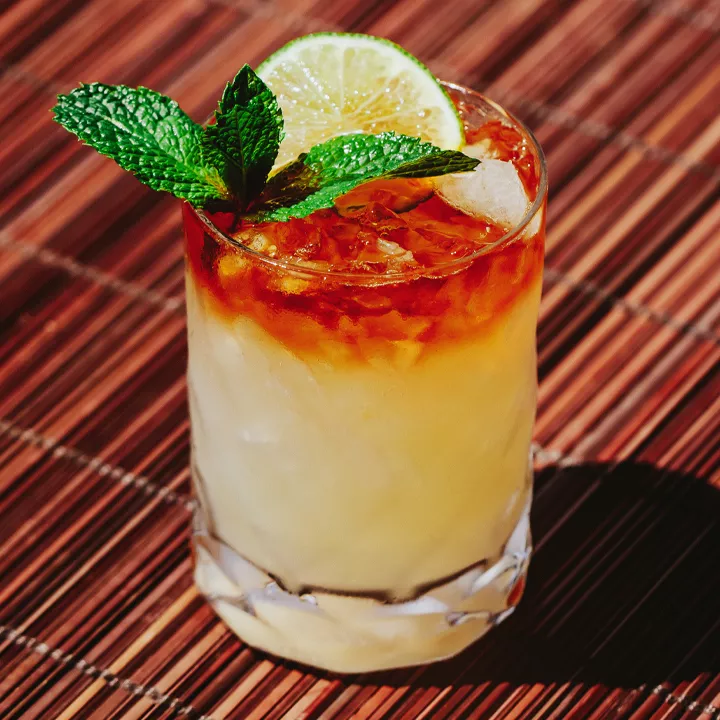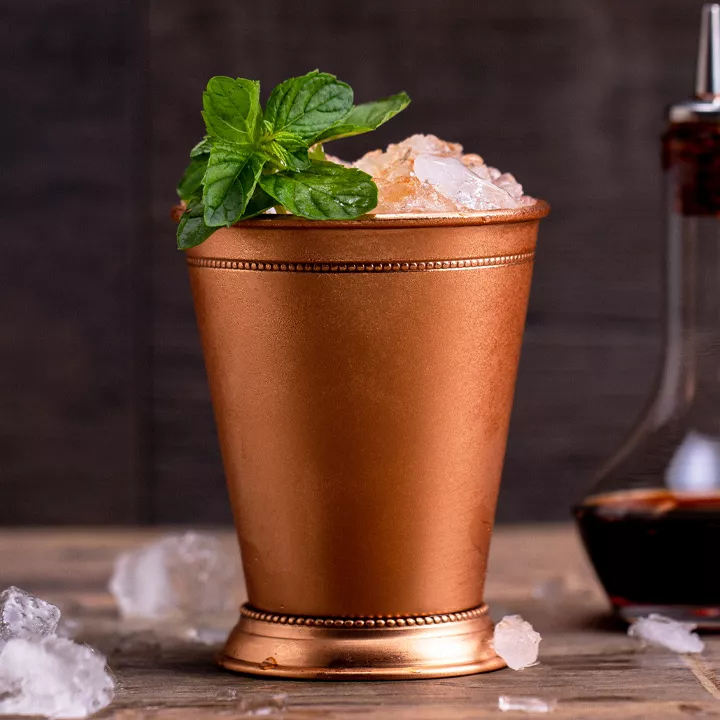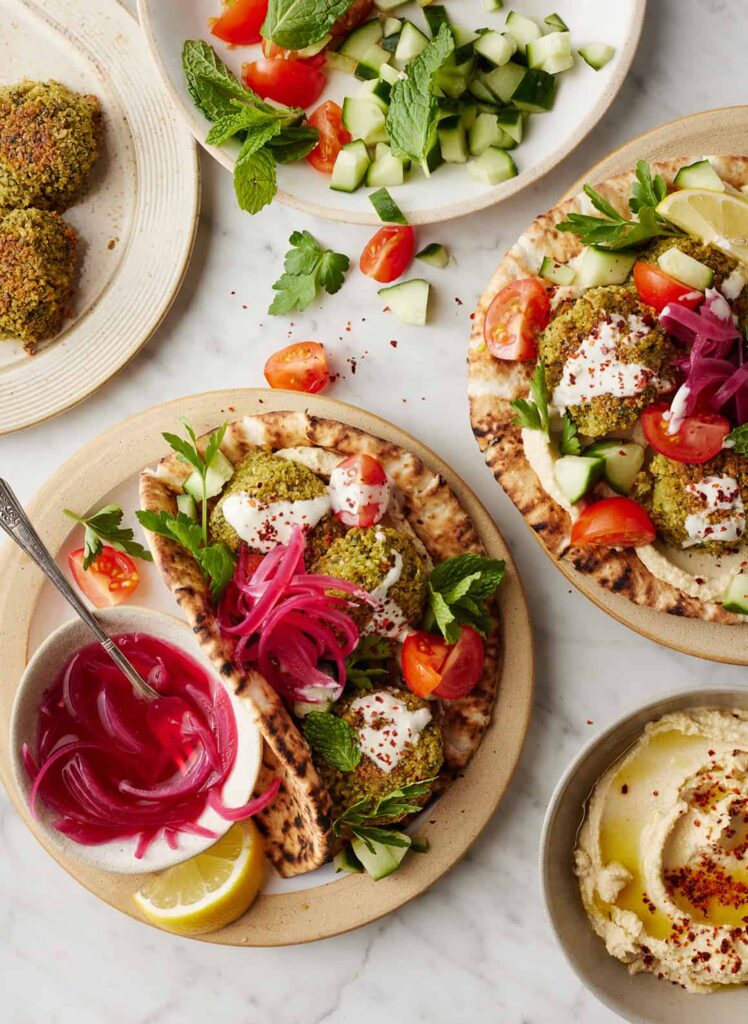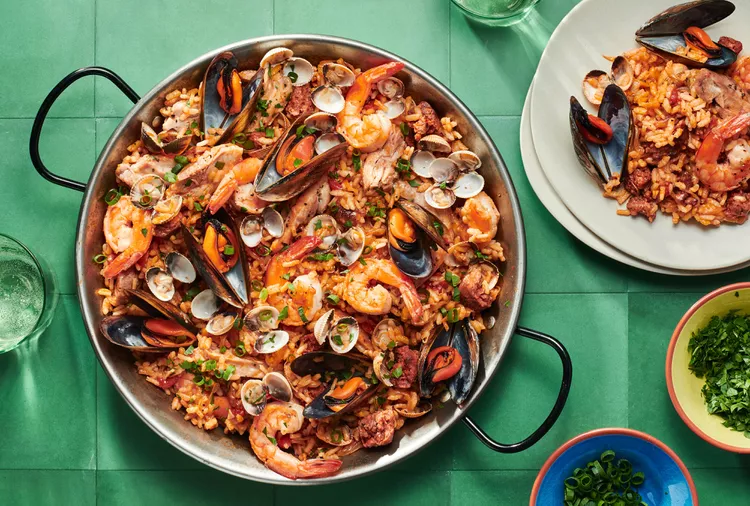Ingredients
1 1/2 ounces white rum
3/4 ounce orange curaçao
3/4 ounce lime juice, freshly squeezed
1/2 ounce orgeat
1/2 ounce dark rum
Garnish: lime wheel
Garnish: mint sprig
Steps
Add the white rum, curaçao, lime juice and orgeat into a shaker with crushed ice and shake lightly (about 3 seconds).
Pour into a double rocks glass.
Float the dark rum over the top.
Garnish with a lime wheel and mint sprig.


:max_bytes(150000):strip_icc():format(webp)/mai-tai-720x720-primary-e09e24f1cacd4b3896f5aa32ba51dcdd.jpg)
:max_bytes(150000):strip_icc():format(webp)/Mai-Tai-x-Shannon-Mustipher-credit-Noah-Fecks_inline_720x720-e26994f492634169ad5080391eb54280.jpg)
:max_bytes(150000):strip_icc():format(webp)/__opt__aboutcom__coeus__resources__content_migration__liquor__2018__08__10143445__inline-maitai-v2-720x480-c71b419824214a8fbb6b6715edfeb5c5.jpg)





![The 5 Best Banks for a Savings Accounts in Dubai [2025 ]](https://dubaipartylife.com/wp-content/uploads/2024/11/The-5-Best-Banks-for-a-Savings-Accounts-in-Dubai-1024x681.jpg)

